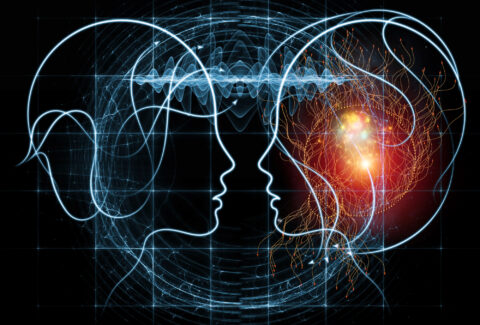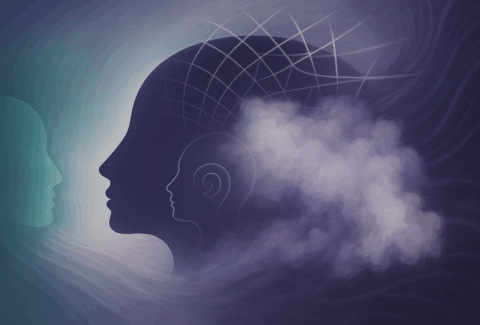Raw Wounds: Understanding Emotional Trauma and the Path to Healing
Introduction: The Nature of Emotional Raw Wounds
Emotional wounds, often referred to as “raw wounds,” are deep, unresolved traumas or painful experiences that continue to influence our thoughts, behaviors, and relationships long after the original event has passed.[1] These raw wounds remain sensitive, vulnerable, and easily triggered, much like a physical wound that has not healed properly. When left unaddressed, emotional raw wounds can impair our ability to live fully and maintain healthy relationships, keeping us in a state of emotional reactivity.[2] Understanding the nature of these wounds is the first step toward healing.
What Are Raw Wounds?
Raw wounds are the remnants of emotional trauma that were never adequately processed. This trauma can arise from a variety of experiences, including childhood neglect, abuse, abandonment, or significant loss. According to the American Psychological Association (APA), trauma is defined as an emotional response to a terrible event, which can range from physical abuse to psychological manipulation.[3] When trauma is not addressed or processed, it becomes ingrained in the psyche[4], leading to the development of emotional raw wounds.
These wounds manifest in various ways. They may cause intense emotional reactions, such as anger, sadness, or anxiety, to situations that seem relatively neutral to others. In psychological terms, this is often described as emotional flooding, a phenomenon where intense emotions from past trauma spill over into the present. Additionally, unresolved trauma may manifest in maladaptive behaviors such as substance abuse, overeating, or chronic avoidance, all efforts to numb the pain.
The Impact of Raw Wounds on Relationships and Self-Esteem
Raw wounds influence not only our self-perception but also the way we interact with others. Many people with unhealed emotional wounds struggle with low self-esteem, feeling unworthy or undeserving of love and respect. In intimate relationships, these wounds can lead to emotional reactivity, distrust, and a fear of vulnerability. Dr. John Bowlby’s Attachment Theory supports the notion that early emotional trauma[5], especially in formative relationships, can hinder a person’s ability to form secure and healthy attachments in adulthood.
For example, individuals who experienced neglect or abandonment may find themselves emotionally distant or overly dependent on their partners. In either case, the unresolved trauma governs the emotional landscape of the relationship, causing conflicts that are difficult to resolve without addressing the underlying raw wounds.
How Trauma Disrupts Psychosocial Development
Trauma, particularly in childhood, interrupts the natural progression of psychosocial development[6]. According to Erik Erikson’s theory of psychosocial development[7], each stage of life presents a psychosocial conflict that must be resolved to move on to the next stage healthily. Trauma disrupts this process, leaving individuals stuck in earlier stages of development. For instance, someone with unresolved trauma from childhood may struggle with issues related to trust, autonomy, or identity, which then influence their emotional responses and coping mechanisms in adulthood.
Healing Emotional Raw Wounds
Healing emotional raw wounds is a complex process that requires introspection, patience, and often professional guidance. The process typically involves several key components:
- Recognizing the Wound: The first step to healing is acknowledging the existence of the wound. Many people deny or repress their trauma in an effort to move on, but this only serves to deepen the emotional wound. By recognizing that a raw wound exists, the individual takes the first step toward healing.
- Seeking Professional Help: For many, therapy is a critical part of the healing process. Cognitive Behavioral Therapy (CBT), Eye Movement Desensitization and Reprocessing (EMDR), and trauma-informed therapies are particularly effective for individuals dealing with unresolved trauma. A therapist can help the individual explore their trauma in a safe environment and develop strategies for coping with emotional triggers.
- Engaging in Mindfulness and Self-Compassion: Mindfulness practices can help individuals stay grounded in the present, reducing the likelihood of being overwhelmed by emotional triggers. Self-compassion, as described by Dr. Kristin Neff, involves treating oneself with kindness and understanding, especially when dealing with difficult emotions. Self-compassion can act as a buffer against the emotional distress caused by raw wounds.
- Building a Support Network: Healing emotional wounds requires a supportive environment. Surrounding oneself with understanding and compassionate friends, family members, or support groups can provide the emotional support necessary for recovery. Social connections are key to recovery, as they offer validation and reduce the isolation often associated with trauma.
Conclusion: The Journey Toward Emotional Healing
Raw wounds are emotional remnants of unresolved trauma that can severely impact one’s well-being, relationships, and overall quality of life. However, these wounds are not permanent. Through recognition, therapy, mindfulness, and the support of loved ones, emotional raw wounds can begin to heal. The journey is not always linear, and setbacks are common, but with perseverance, it is possible to transform raw wounds into scars—reminders of what has been endured, but no longer open and painful. Healing is not only possible but essential for living a fulfilling, connected, and authentic life.
[1] Durst, Nathan. “Emotional wounds that never heal.” Jewish Political Studies Review (2002): 119-129.
[2] Hill, Harriet, et al. Healing the wounds of trauma. Philadelphia, PA: American Bible Society, 2013.
[3] Dalenberg, Constance J., Elizabeth Straus, and Eve B. Carlson. “Defining trauma.” (2017).
[4] Jeenah, Fatima Y., and Mahomed Y. Moosa. “The Impact of Trauma on the Psyche.” Penetrating Trauma: A Practical Guide on Operative Technique and Peri-Operative Management. Cham: Springer International Publishing, 2024. 753-760.
[5] Duschinsky, Robbie, and Kate White. Trauma and loss: Key texts from the John Bowlby archive. Routledge, 2019.
[6] Van der Kolk, Bessel A. Psychological trauma. American Psychiatric Pub, 2003.
[7] Kesavelu, Dhanasekhar, K. Sheela, and Ponsekar Abraham. “Stages of psychological development of child-an overview.” International Journal of Current Research and Review 13.13 (2021): 74-78.







